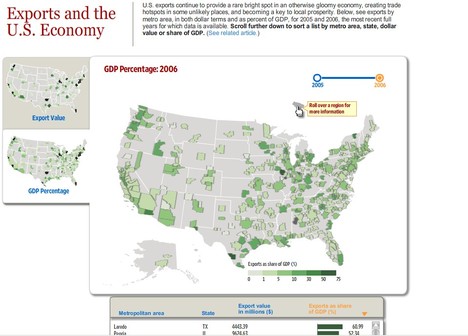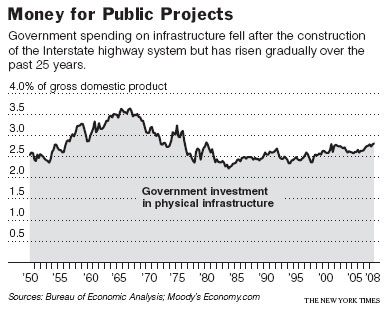Columbia University Professor Amar Bhidé has authored two important books on entrepreneurship. Some of his thoughts on the current economic crisis follow:
(p. A15) Our ignorance of what causes economic ailments — and how to treat them — is profound. Downturns and financial crises are not regular occurrences, and because economies are always evolving, they tend to be idiosyncratic, singular events.
After decades of diligent research, scholars still argue about what caused the Great Depression — excessive consumption, investment, stock-market speculation and borrowing in the Roaring ’20s, Smoot-Hawley protectionism, or excessively tight monetary policy? Nor do we know how we got out of it: Some credit the New Deal while others say that that FDR’s policies prolonged the Depression.
. . .
Large increases in public spending usurp precious resources from supporting the innovations necessary for our long-term prosperity. Everyone isn’t a pessimist in hard times: The optimism of many entrepreneurs and consumers fueled the takeoff of personal computers during the deep recession of the early 1980s. Amazon has just launched the Kindle 2; its (equally pricey) predecessor sold out last November amid the Wall Street meltdown. But competing with expanded public spending makes it harder for innovations like the personal computer and the Kindle to secure the resources they need.
Hastily enacted programs jeopardize crucial beliefs in the value of productive enterprise. Americans are unusually idealistic and optimistic. We believe that we can all get ahead through innovations because the game isn’t stacked in favor of the powerful. This belief encourages the pursuit of initiatives that contribute to the common good rather than the pursuit of favors and rents. It also discourages the politics of envy. We are less prone to begrudge our neighbors’ fortune if we think it was fairly earned and that it has not come at our expense — indeed, that we too have derived some benefit.
To sustain these beliefs, Americans must see their government play the role of an even-handed referee rather than be a dispenser of rewards or even a judge of economic merit or contribution. The panicky response to the financial crisis, where openness and due process have been sacrificed to speed, has unfortunately undermined our faith. Bailing out AIG while letting Lehman fail — behind closed doors — has raised suspicions of cronyism. The Fed has refused to reveal to whom it has lent trillions. Outrage at the perceived use of TARP funds to pay bonuses is widespread.
For the full commentary, see:
Amar Bhidé. “Don’t Believe the Stimulus Scaremongers.” Wall Street Journal (Tues., FEBRUARY 17, 2009): A15.
(Note: ellipsis added.)
Bhidé’s two books on entrepreneurship are:
Bhidé, Amar. The Origin and Evolution of New Business. Oxford and New York: Oxford University Press, 2000.
Bhidé, Amar. The Venturesome Economy: How Innovation Sustains Prosperity in a More Connected World. Princeton, NJ: Princeton University Press, 2008.





